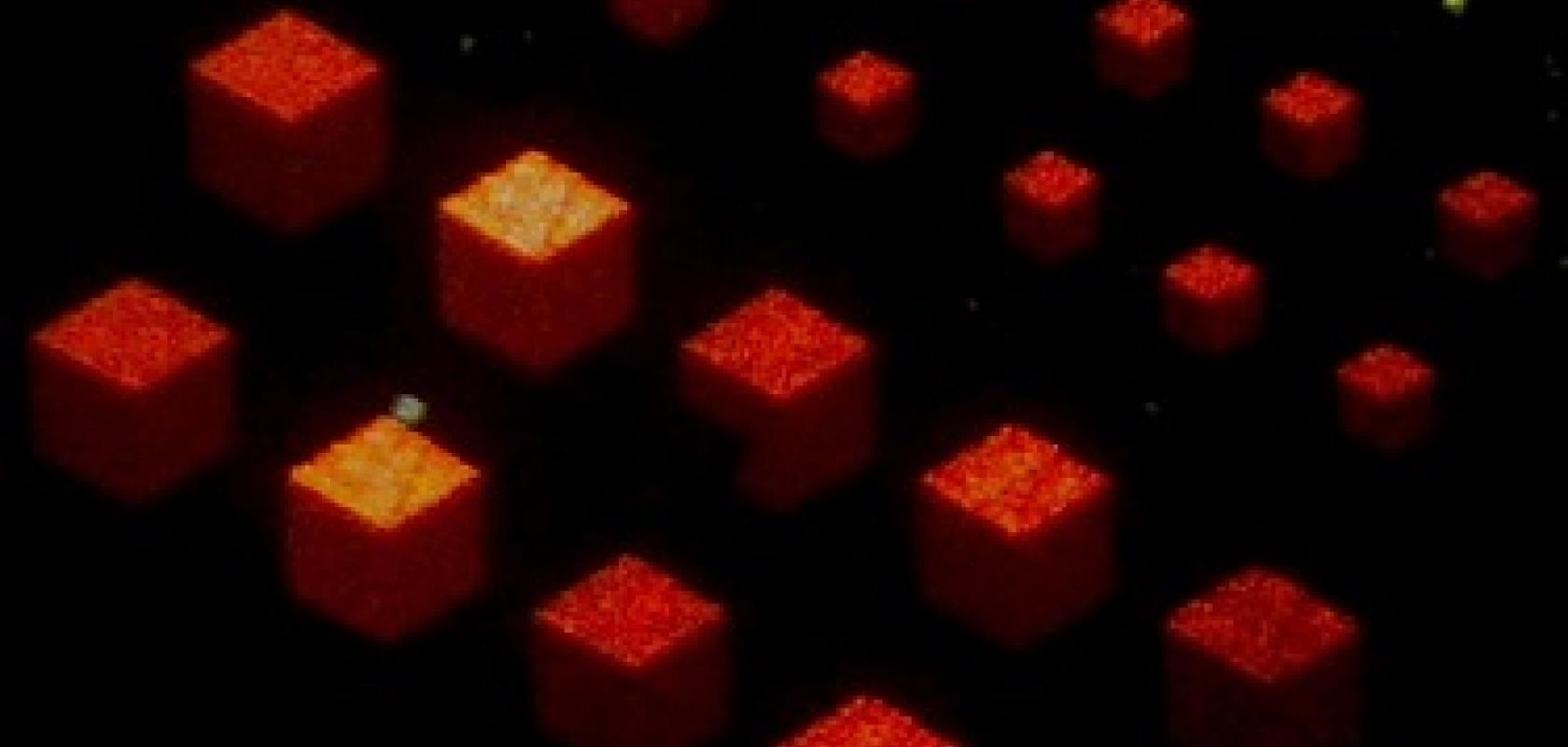Scientists have developed new 2D nanostructured surfaces that reflect light in such a way that they appear three-dimensional, conveying both shade and shadows. The surfaces can already be used for anti-counterfeiting purposes and could also have future applications in TV screens and small camera lenses.
The work was carried out by King’s College London alongside the University of Bonn in Germany, and was published in the American Chemical Society journal Nano Letters.
The new surfaces are a type of metasurface, which are layered materials comprising nano-features smaller than the visible wavelengths, enabling them to alter their interactions with light. By manipulating these nanofeatures with high levels of precision, the researchers were able to engineer a range of visual properties into the surfaces.
‘Metasurfaces are amazing,’ remarked Professor Anatoly Zayats of King’s College London. ‘They open up unprecedented freedom in directing and manipulating light.’
The scientists encoded shadow effects into the surfaces using a 3D computer graphics technique known as normal mapping, which, according to the researchers, made them appear more realistic than 3D holograms or the images of 3D cinemas. In addition, unlike holograms, which require a coherent light source such as a laser to be viewed, the new surfaces appear three-dimensional no matter the lighting condition or viewing angle. As a proof of concept, the scientists fabricated a flat metasurface that imitated the lighting and shading effects of a 3D cube.
Dr Alexander Minovich, a Newton International fellow at King’s College London, said: ‘The normal mapping demonstrated with our metasurface is a completely new concept, but it could have very important implications for a wide range of optical industries, both in introducing new functionality and making products smaller and lighter.'
According to Zayats, the new surfaces could alter the visual effects of TV screens. ‘One might ultimately imagine a TV screen that appears exactly the same as you move around it, or a new movement of 3D art,’ he said.
The ability to control light could also bring new functionality to small camera lenses. For example, a flat surface could be made to appear optically convex by designing appropriate metasurface properties. Future generations of smartphone cameras could use tiny flat metasurfaces that mimic the properties of sophisticated curved camera lenses. On a larger scale, metasurfaces could be used to replace heavy optical lenses, such as those on satellite imaging systems, where weight and size have a big impact on efficiency.
More immediately, the new surfaces can already be used to create complex 3D images for security and anti-counterfeiting applications, as well as for new measurement applications requiring the precise control of light.


